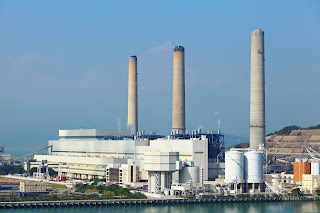 |
| Hybrid system shown in remote installation Courtesy Gentherm Global Power Technologies |
A hybrid solar TEG (thermoelectric generator) can overcome some of the shortcomings of a pure PV system by delivering battery charging current during conditions when solar generated power is insufficient. The TEG uses heat from burning fuel to produce electric power, and can deliver charging current when the PV portion of the system fails to provide sufficient output.
- Extended periods of bad weather. While this scenario can be compensated for with a larger battery array, there is still a limit to the performance period. Larger battery banks increase unit cost, size and weight.
- Extreme low temperature. Battery capacity decreases during cold weather, requiring a larger battery array to provide design power output and reserve.
- Low solar exposure during certain times of the year, requiring more solar panels to accomodate the system power requirements during times of reduced sunlight. This increases unit size and capital cost.
Critical power systems must be designed to deliver sufficient power under all environmental conditions that can be experienced at the installation site. This drives pure PV system designers to substantially oversize panel and battery arrays to assure power delivery throughout an entire year. A hybrid solar TEG system does not need to have the enormous headroom built into the design that a pure PV does. The TEG can produce power at a known rate, regardless of the surrounding environmental conditions. The potential benefits from the hybrid power system include:
- Reduction in solar panel array size and cost
- Lower battery count, with reduction in capital cost, replacement cost, unit size and weight
- Longer battery life
- Less on-site fuel vs. a conventional fuel-based system
- No more than once-per-year maintenance visits
- Increased reliability over a pure PV installation
Share your remote installation power requirements and challenges with a product application specialist and bring the benefits of a hybrid solar TEG power system to your operation.








